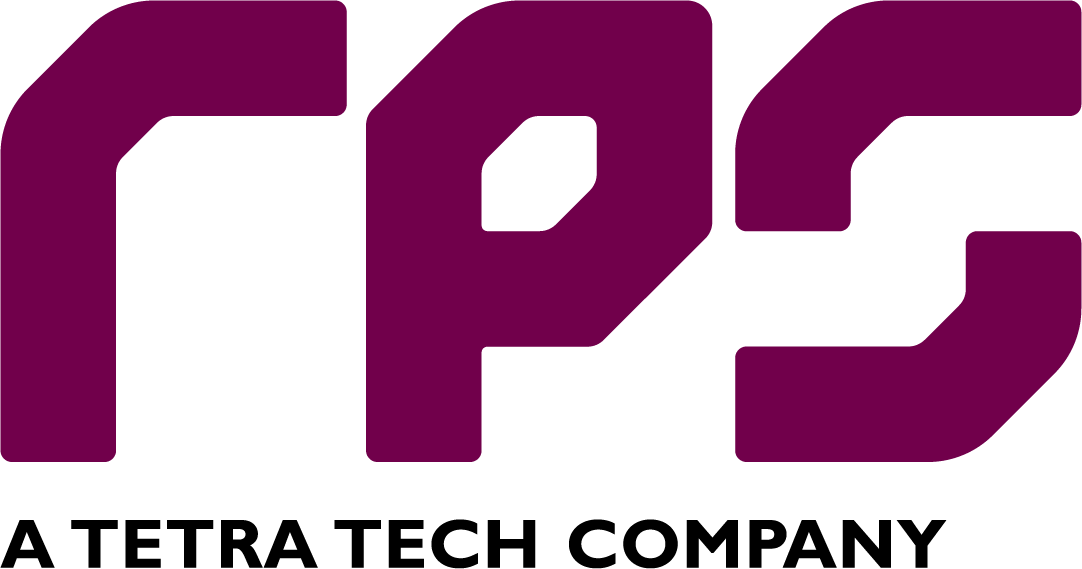What Is Pushing CRE Toward Creating More Sustainable Built Environments? One Industry Expert Weighs In

With the built world causing 40% of total global carbon emissions, its impact on the environment has become something that commercial real estate owners, developers, investors and stakeholders are paying closer attention to for the sake of their workers, tenants and operational longevity.
As more CRE professionals implement sustainability measures into their everyday practices, RPS, A Tetra Tech Company, is helping its clients achieve their sustainability goals through climate resilience assessments, energy benchmarking and development solutions.
Owners of older buildings, in particular, may be struggling with how to implement new green solutions in their properties, said Ashley Matz-Stuk, senior consultant for RPS’ facilities group, adding that when it comes to sustainability, age is just a number.
“We want everyone to understand that regardless of the type, age or condition of a building, there are always options to improve its sustainability,” she said.
Founded in 1970, RPS is a worldwide professional services firm that works across several sectors, including energy, property, water, resources, transport, defense and government services. The firm's sustainability and climate resilience service provides clients with sustainable solutions for the future of the built environment.
Matz-Stuk said that while new buildings have sustainability features already in place, buildings of any age can be brought up to speed with modern sustainability initiatives through certifications like BREEAM, LEED and ASTM.
“Energy benchmarking compares a 50-year-old building with other, similarly aged buildings in the same geographic area, so you’ll really see how your building is performing,” she said. “It can also track how much carbon a building emits. RPS can create an individualized road map to net-zero emissions based on a building’s performance and future goals.”
Carbon emissions, however, are not the only factor that contributes to a building’s environmental footprint. Another important aspect of sustainability is energy-efficiency, Matz-Stuk said.
“Many people know that energy-efficiency impacts sustainability, and they typically think of features like HVAC systems, but there are so many more factors that impact sustainability,” Matz-Stuk said. “Low-flush water systems, leak detection technology, LED lighting with timers and motions sensors or how hazardous chemicals are contained are just a few examples of how nuanced this equation really is.”
Several factors, including transportation, pollution, waste recycling, land use and ecology, all contribute to a building’s impact on the environment.
Matz-Stuk added that forging a more sustainable building involves thinking holistically by not just reducing environmental impact, but also incorporating practices that have a positive impact on the environment.
For example, not only does a green roof reduce HVAC consumption, causing less pollution from power usage while also saving capital, but it reduces a building’s “heat island” effect and stormwater runoff.
Matz-Stuk said that oftentimes, environmental impacts are not always the main driver behind adopting sustainable practices. Rather, worker and tenant health and safety, financial motives and the rapidly increasing regulatory requirements for buildings at the local, state and federal level are pushing CRE owners to take action.
"Cities across the country are developing climate action plans that include setting carbon targets for commercial buildings," Matz-Stuk said. "As plans like those in New York, Boston and elsewhere evolve, CRE owners will be required to quantify the carbon footprint of their buildings and develop plans to reduce that footprint."
In addition, the pending Securities and Exchange Commission Climate Disclosure Rule, which would require publicly traded companies to disclose their greenhouse gas emissions, is expected to become final this year, and when it happens, emissions from CRE owned or occupied by these companies will have to be taken into consideration.
Matz-Stuk said that implementing sustainable features can help owners and operators increase a building’s resilience against climate change, reduce overall costs and even allow for a building to charge rental premiums since sustainable features are very attractive to tenants.
Matz-Stuk added that consideration for climate resiliency has caused people to rethink their approach to how they manage their buildings, both in the construction and design phase, and through retrofitting older structures. Additionally, the industry is finding that a combination of sustainable building features are making tenants and workers happier and healthier.
For clients and investors, sustainable practices can grow financial asset values by mitigating environmental and health-related risks and increasing access to green finance and sustainability certifications.
“Looking forward, more building owners and developers will be taking these factors into account when initiating new sustainability practices, and RPS can help CRE professionals navigate a personalized path to sustainability at any point in their journey,” Matz-Stuk said.
This article was produced in collaboration between RPS, A Tetra Tech Company, and Studio B. Bisnow news staff was not involved in the production of this content.
Studio B is Bisnow’s in-house content and design studio. To learn more about how Studio B can help your team, reach out to studio@bisnow.com.

